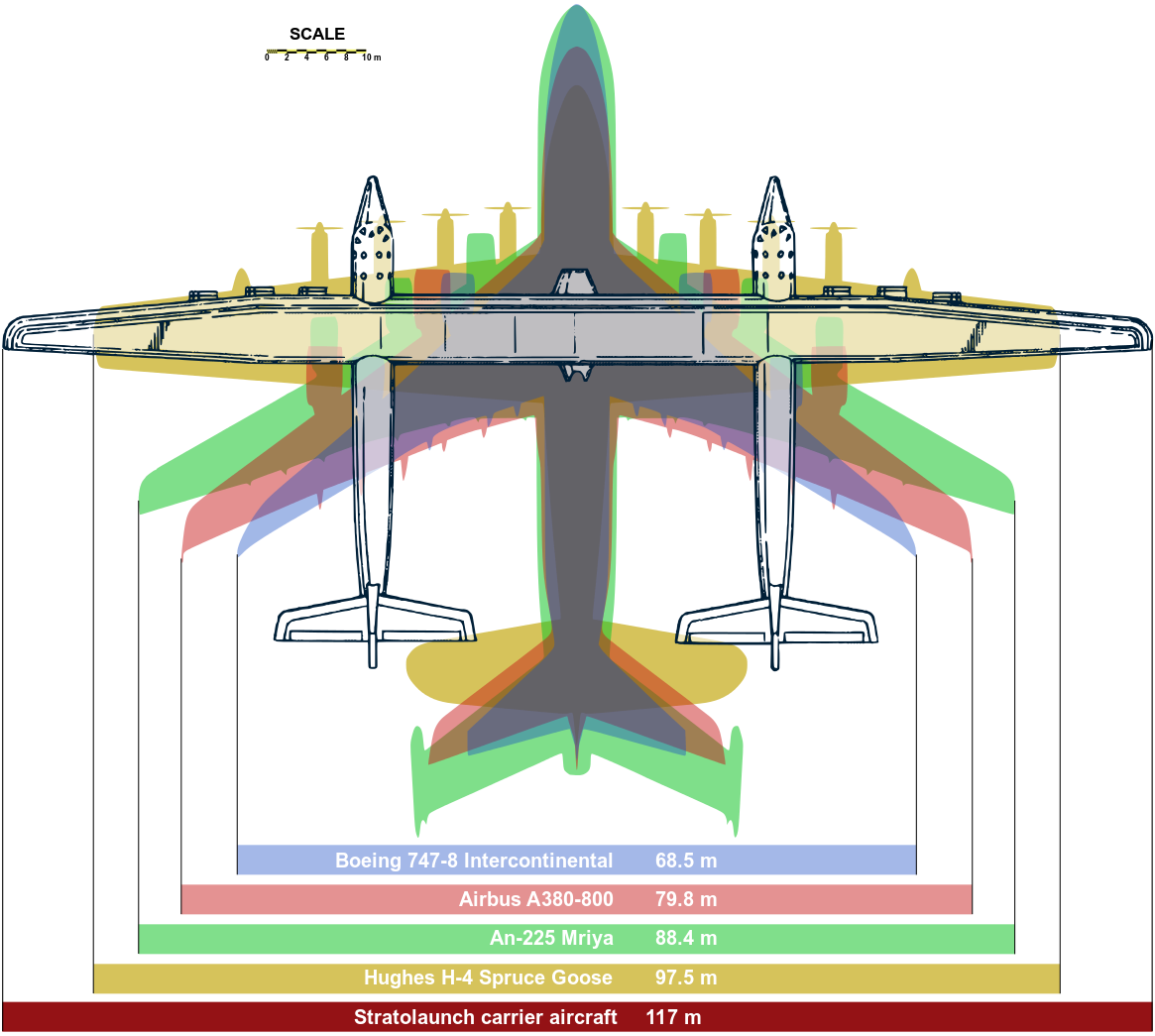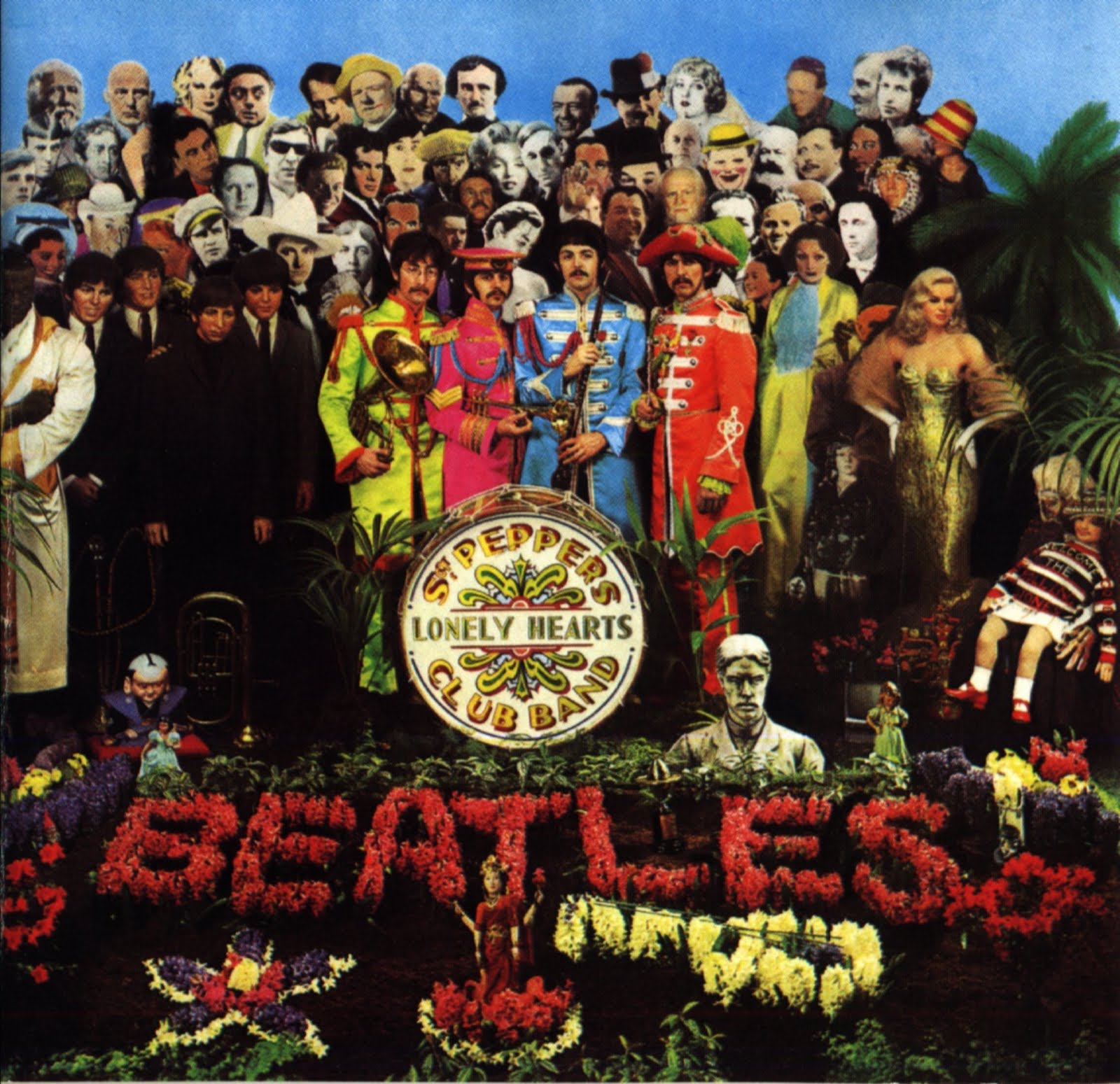The owners of one of the West Loop's hippest restaurants fled the country, leaving behind $1.5m in debts and judgments and nearly bankrupting the chef:
One day last summer, sometime after Attila Gyulai and his wife and business partner abruptly shut what was once one of the hottest restaurants in Chicago, they abandoned their Ford Flex SUV in front of their River West home. Police ticketed the car two weeks later and impounded it in mid-August. By then, bank records later would show, their accounts had been used for a series of payments outside the United States. The co-owners of Embeya, a progressive Asian restaurant in the West Loop that won national accolades for its inventive cooking and sleek design, have not been seen in Chicago since.
In all, Cook County court documents show, they absconded with more than $1.5 million from the restaurant, which was owned in part by their former chef, Thai Dang, and Dang's older brother, Kenny. The couple also racked up personal and business debts to purveyors, banks, suppliers, landlords, attorneys and credit card companies, according to court records, bank statements and interviews with more than a dozen former colleagues, friends, family members and neighbors. They've been ordered by judges to pay the Dang brothers nearly $1.5 million to cover their losses.
Dang, 32, and his wife, Danielle Dang, 36, who are about to open their next restaurant, have tracked Gyulai and Patel's movements through bank records obtained with a subpoena. They say it's clear the two schemed to take money from the business far in advance of their departures. "He threw his life away here—burned it with a match, all in the name of money," Thai Dang says. "He went through painstaking efforts and a great extent to hide money and move it out so nobody could find it." Adds Danielle Dang: "What they did to us is unspeakable. It takes so much hate and effort to do something like that to another person."
It was a great restaurant, and I ate there many times. And I hope Gyulai and Patel are apprehended and remanded to Chicago soon.
Yesterday Parker turned 11, which means today brings his annual birthday portrait:

I am not sure why he prefers me to photograph his left side, but going back through earlier photos of him, clearly he does. For example, here's the runner-up for this year's portrait:

Not to mention, the 10-years-apart photos I posted May 4th.
Well. What a difference a few weeks can make. Last night, the Prime Minister of the United Kingdom, who called a snap election in April to shore up her majority in Parliament, discovered that she no longer had a majority in Parliament:
We are heading for a hung parliament. The UK’s first-past-the-post electoral system means hung parliaments rarely happen in Britain, but it was the case following the 1974 election and most recently in 2010.
In the case of a hung parliament, the leader of the party with the most seats is given the opportunity to try to form a government. This can take two forms: one option is a formal coalition with other parties, in which the coalition partners share ministerial jobs and push through a shared agenda.
The other possibility is a more informal arrangement, known as “confidence and supply”, in which the smaller parties agree to support the main legislation, such as a budget and Queen’s speech put forward by the largest party but do formally take part in government.
May or her successor as Conservative leader will have the chance to try to form a government. She could attempt to scramble together a formal coalition of other parties, possibly including the DUP, that would take her over the threshold needed to obtain a House of Commons majority. Alternatively she may try to lead a minority government if she can convince other parties to back her in a vote of confidence.
If the Tories fail to form an alliance, Jeremy Corbyn could attempt to strike a deal with the SNP, the Lib Dems, the nationalist parties from Northern Ireland and the Greens. But this is an unlikely scenario.
Other reactions to the UK's election surprise:
And one other item of interest, especially as I'm visiting the Ancestral Homeland in August: Sterling dropped 2% against the dollar overnight, and is now, at $1.27 to the pound, near it's 10-year low of $1.20.
While we wait for former FBI Director James Comey to finish testifying before the Senate today, take a look at this really cool thing:
They say all roads lead to Rome, but they also lead outward to a number of intriguing places. There’s Antinoopolis in northern Africa, Londinium in what we now know as the U.K., and—should funding from the mighty Emperor Hadrian arrive—the yet-built Panticapaeum station along the Pontus Euxinus, or Black Sea.
Or so says this wonderfully thought-out fantasy transit map from Sasha Trubetskoy, showing the major thoroughfares of the Roman Empire circa 125 A.D. as dozens of stops along multicolored subway lines. Trubetskoy, who when not dabbling in history has explored the judgmental cartography of the Bay Area, started poking into the idea after noticing there was a dearth of good maps of Rome’s old road network, let alone train-themed ones. So he decided to go for it, pouring about 50 hours of research and design work into his sprawling “Roman Roads.”
“I enjoy reading about history, though I’m not a huge classics buff,” says Trubetskoy, a 20-year-old statistics major at the University of Chicago. “But there’s something alluring about Rome’s ability to carve out such a huge and advanced empire, with a legacy that lasts today.”
And hey, he's in Chicago.
Chicago opened its first elevated train 125 years ago tomorrow, on 6 June 1892:
On June 6, 1892, 125 years ago this week, the first elevated line called the "Alley L" opened for business, running from Congress Parkway and State Street to 39th Street, along the alley, behind and around buildings and through backyards, said Graham Garfield, CTA general manager of customer information and unofficial agency historian.
It was a novel way to travel — above the streets and eye-level to people's second- and third-floor windows. Garfield said some residents along the path may have forgotten that the train was coming that first day and had to quickly draw the curtains to protect their privacy, while others gathered on back porches to watch the smoky, steam-powered "L" go by.
The wooden train, run by the private Chicago and South Side Rapid Transit Railroad Co. along what is now the Green Line, was popular and crowded from the start. And along with other north, south and west sections of the "L" built over the next 10 years, it helped to both expand the city and create its character... The combined subway and elevated system now has 224.1 miles of track and sees more than a million riders daily.
The first elevated train anywhere—which still exists, to some extent—ran from London Bridge to Greenwich and opened in 1836.
Vladimir Putin biographer Masha Gessen explains why autocrats like Putin and President Trump tend to be so gloriously incompetent:
[A] careful reading of contemporary accounts will show that both Hitler and Stalin struck many of their countrymen as men of limited ability, education and imagination — and, indeed, as being incompetent in government and military leadership. Contrary to popular wisdom, they are not political savants, possessed of one extraordinary talent that brings them to power. It is the blunt instrument of reassuring ignorance that propels their rise in a frighteningly complex world.
Modern strongmen are more obviously human. We have witnessed the greed and vanity of Silvio Berlusconi, who ran Italy’s economy into the ground. We recognize the desperate desire of President Vladimir V. Putin of Russia to be admired or at least feared — usually literally at his country’s expense. Still, physical distance makes villains seem bigger than they are in real life.
In the past few months, Americans too have grown familiar with the sight of a president who seems to think that politics consists of demonstrating that he is in charge. This similarity is not an accident (nor is it a result of Russian influence). The rejection of the complexity of modern politics — as well as modern business and modern life in general — lies at the core of populism’s appeal.
Simple people like the simple message of other simple people. But the world has 7½ billion points of view, and is more complicated than ever, making the autocrats' incompetence more dangerous than in years past.
Washington Post retail reporter Sarah Halzack reviews the history of Sears and how it's done the last few years:
Decades of missed opportunities have brought Sears to this. It lost its focus with ventures into Discover credit cards and Coldwell Banker real estate in an attempt to diversify. Then big boxes such as Home Depot and Best Buy chipped away at lucrative product niches. But maybe the biggest whiff: Executives knew as far back as the early 1990s that they had to wean Sears off its dependency on shopping malls — but its many forays into other store formats never quite worked.
As e-commerce moves toward its golden age, Sears is an also-ran.
In this war of attrition, chief executive Edward S. Lampert has said, “We’re fighting like hell.” Lampert, a controversial hedge fund billionaire, has invested heavily in bolstering Sears’s Internet business but has let the retail stores languish. He’s now propping up the company with loans and other feats of financial engineering — moves that may soften his landing if the chain fails.
Halzack summarizes Sears' history well enough but has a lot more sympathy towards Lampert than I do. She acknowledges that Lampert has structured the company so that his own exit will be lucrative, but she says nothing about his management practices and personal outlook that suggest this was his plan all along.
Paul Allen has funded development of an airplane designed to launch satellites into space. It's...huge:
Called Stratolaunch, the plane has some impressive stats: a wingspan of 117 m, or longer than a football field, and a height of 15.24 m. Unfueled, it weighs 226,800 kg. But it can carry 113,400 kg of fuel, and its total weight can reach 590 tonnes.
But, really ... how big is it? It’s so big that it has 28 wheels and six 747 jet engines. It’s so big that it has 96 km of wire coursing through it. It’s so big that the county had to issue special construction permits just for the construction scaffolding.
But why is Allen, the co-founder of Microsoft and owner of the Seattle Seahawks, building such a massive plane?
It’s not to carry passengers, but rather rockets. The bigger the plane, the larger the rockets, or the greater the number.
The Post has video. That is a very large airplane indeed:

By Giant_planes_comparison.svg: Clem Tillier (clem AT tillier.net) White_Knight_Two_planform.png: Mwarren us derivative work: Mwarren us (talk) - White_Knight_Two_planform.pngGiant_planes_comparison.svg, CC BY-SA 3.0, Link
The Beatles' album Sgt. Pepper's Lonely Hearts Club Band came to America on 1 June 1967, and changed the world.

As one might imagine, most news organizations have articles about it:
As for me, I received a copy of the LP as a gift probably in 1981, and bought a copy of the CD on 3 November 1988 for $12 (about $25 today). It remains one of my favorite musical compositions—and yes, I'm comparing it to Mozart's Großemesse and Orff's Carminia Burana. And I'm going to listen to it again today.
Via my company's Slack #general channel, San Francisco cartographer Justin O'Beirne has analyzed the changes Google has made to its Maps feature over the past year, while Apple Maps has stagnated:
So it seems that Apple is updating its map more frequently than Google.
But when we look closer, this doesn’t seem to be what’s happening. For instance, near the park’s southeast corner, there’s a group of three auto service-related businesses: Domport Auto Body Service, Fell Street Auto Service, and California Detailing...
Google has distinct locations for each. But Apple plots them at the same location...
...and as the months pass by, Apple cycles through all three – padding our addition/removal counts...
A number of the additions and removals we counted earlier on Apple are similar – the map is cycling though businesses plotted at the same location.
This all seems to suggest that Google’s location data is more precise than Apple’s. (Or that Apple’s geocoder is buggy.) And perhaps here we’re seeing the fruits of Google’s decade-long Street View project...
It's a long essay with tons of examples and animations. Total Daily Parker bait.
Speaking of my company, I'll have a post up on the company's blog shortly which I'll cross-post here. Keep your eyes peeled.